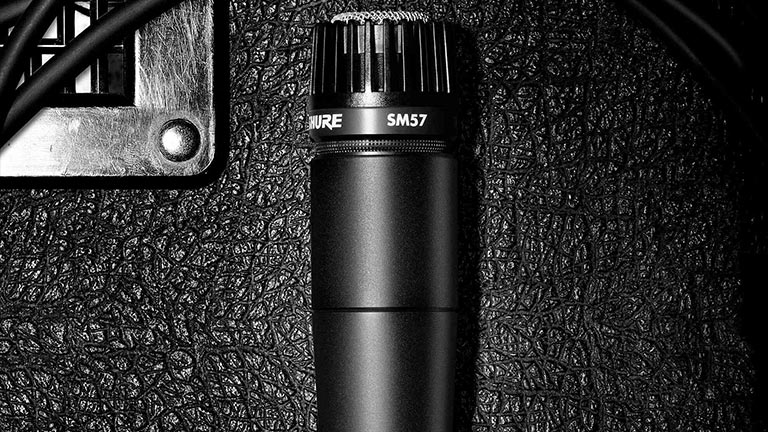
Some people may be wondering if you can use the Shure SM57 for vocals and the truth is, it is an excellent sounding mic for vocals. The Shure SM57 is very similar sounding to both the Shure SM58 and the Shure SM7B and both of these mics are designed to sound excellent on the voice. The only difference is that the Shure SM57 is designed to be used for instruments so it has a flatter frequency response. But, it just so happens that a flat frequency response is actually a good thing for recording vocals. The flatter frequency response on the Shure SM57 allows us to adjust the sound easily in post. Seriously. The Shure SM57 takes EQ extremely well and you can really make this thing sound excellent. So, how would you use the Shure SM57 as a vocal mic?
First Things First, You’ll Need An Audio Interface
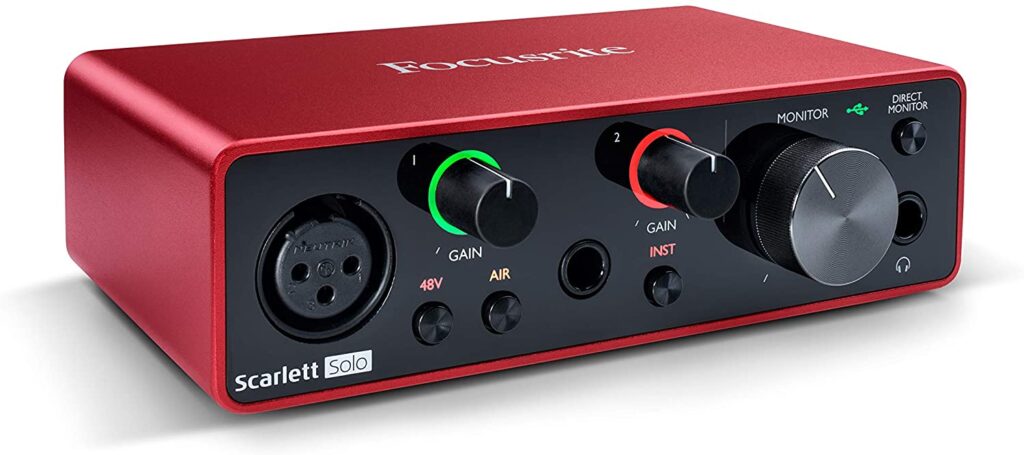
The first thing you need if you want to use the Shure SM57 is an audio interface so you can connect the microphone to your computer. We highly recommend using the Scarlet Solo as it is so reasonably priced and it’s preamps are some of the best you can get until you spend a lot of money. So, the value you are getting is really good here and we almost always recommend using the Scarlet Solo because it offers so much value if you need an audio interface. If you already have one, then no worries! On to the next step into turning the Shure SM57 into a vocal mic.
You’ll Need A Pop Filter, Seriously

The SM57 doesn’t come with a pop filter unfortunately. So you’ll need a pop filter like this one. This pop filter works great if you are recording vocals for a song. However, if you are using this microphone for voice over, we highly recommend using the A81WS windscreen which turns this microphone into a real professional radio mic. The pop filter is necessary because this microphone was not initially designed to be used as a vocal mic. Because of this, it has not built in protection from plosives. Unlike the SM7B, which has a built in pop filter, the SM57 does not have a pop filter built in so we have to add one. But, have no worries though, because these pop filters are very cheap and last a lifetime.
You May Want To Add Some EQ
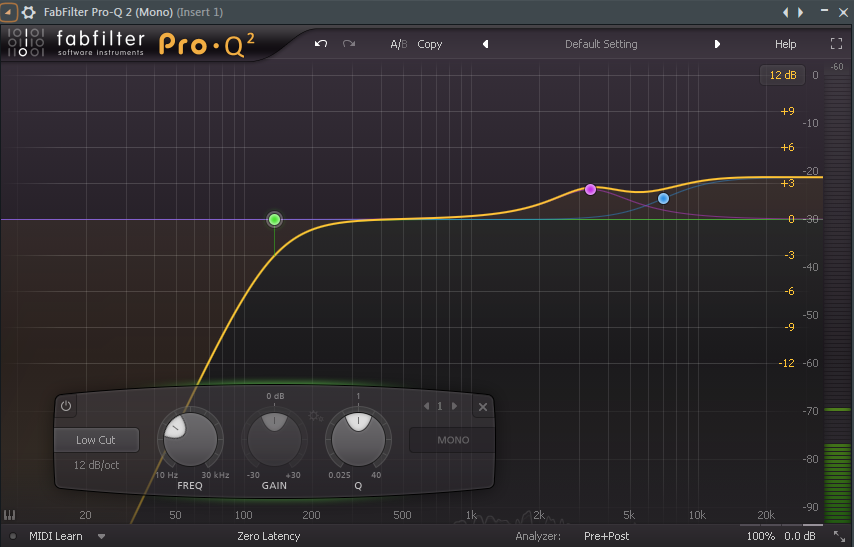
EQ is going to be very important once you have the SM57. Most mics require some EQ to sound their best but the SM57 needs quite a bit for it to really shine. The EQ graph above are the exact settings we use for using this mic as a podcast/streaming mic and it sounds awesome with these settings. The important thing to take away from this is that this mic needs EQ to sound amazing and it also takes that EQ really well. It is one of the better mics to EQ because everything is just so neutral sounding. Our settings: 135hz low cut, 2.5 dB boost at 3.2k, 3.5dB high shelf at 7k.
Play Around With The Distance From The Mic
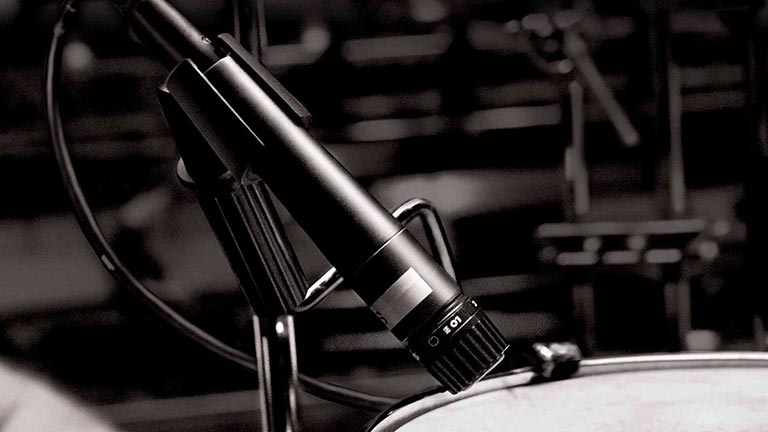
The last thing to really make this mic sound its best is to play around with the distance from the mic. The closer you are the better bass response you going to get. But be careful, this thing can pick up a tremendous amount of bass because of how close you can get to the capsule. By increasing the distance from the mic you are going to have a more natural sound so just keep these things in mind. It’s fun to experiment and find out what sound works best for you. The optimal distance that we recommend is around 18 inches from the microphone.
The SM57 Is A Fantastic Vocal Mic
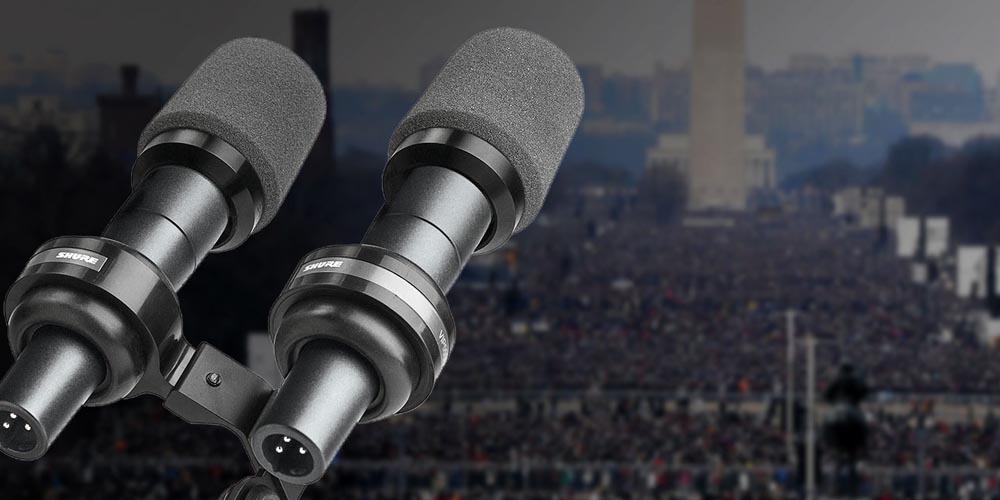
Believe it or not, the SM57 is a fantastic sounding vocal mic. The capsule inside this mic is based off of the Shure SM7B capsule so there are a lot of sonic similarities between these two mics. And the Shure SM7B was good enough for Michael Jackson so we really can’t complain here. With an added pop filter and some simple EQ, this mic is ready for prime time. The SM57 is probably one of the most overlooked vocal mics when in reality, it is one of the best deals out there for the money. Most of the time, the SM57 flies under the radar for many people but don’t dismiss its capabilities. The SM57 packs a serious punch. Thanks for sticking around! Cheers and have a great day! Check out our other news stories here.


